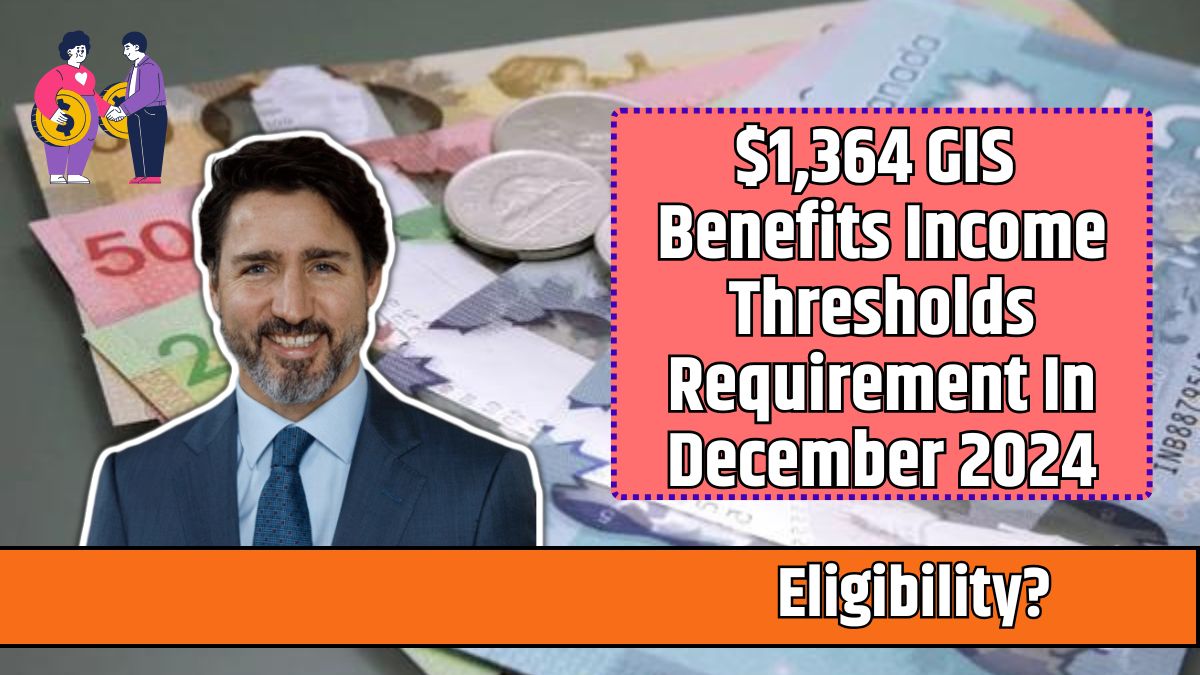The United States is set for significant changes to its minimum wage landscape in 2025, with many states adopting higher hourly rates to address inflation, rising living costs, and economic inequality.
Some states will surpass $15 per hour, with federal changes bringing new minimum standards.
This article breaks down the changes, state-specific rates, and the broader impact on workers and the economy.
Federal Minimum Wage Increase
The federal minimum wage, unchanged since 2009 at $7.25 per hour, will increase in 2025.
The new federal baseline is set to be $17.75 per hour starting January 1, 2025, applying to most states unless they already mandate higher wages. This adjustment reflects efforts to narrow the gap between states with vastly differing wage policies.
States Raising Minimum Wage
Many states have already passed laws to gradually increase wages to $15 or more by 2025. Here’s a list of states with notable increases:
| State | Minimum Wage in 2025 | Details |
|---|---|---|
| California | $16.50+ | Annual inflation-based adjustments. |
| New York | $16.50+ | NYC & suburbs often higher. |
| Washington | $16.75+ | Among the highest rates nationally. |
| Maryland | $15+ | Accelerated increases in 2025. |
| Illinois | $15 | Final phase-in by 2025. |
| Rhode Island | $15 | Last step of a planned hike. |
Some cities, such as Denver and San Francisco, will set local minimums exceeding state rates. For example, Denver’s minimum wage will rise to $18.29 by January 2025.
2024 Minimum Wage Snapshot
Here’s a state-wise breakdown of minimum wages as they transition into 2025:
| State | 2024 Rate (per hour) | Details |
|---|---|---|
| California | $16 | Adjusting annually for inflation. |
| New York | $16 | NYC rates are often higher. |
| Florida | $12 | Increases to $15 by 2026. |
| Oregon | $14.20 | Regional variations apply. |
| Connecticut | $15.69 | Indexed to inflation. |
| Texas, Georgia, etc. | $7.25 | Aligns with current federal rate. |
Benefits of Wage Increases
For Workers
- Improved Living Standards: A higher wage helps workers afford housing, groceries, and healthcare.
- Poverty Reduction: A raised wage floor can lift millions out of poverty.
- Economic Equality: Ensures fair compensation irrespective of location or demographics.
For the Economy
- Boosted Consumer Spending: Higher disposable incomes encourage local spending.
- Economic Growth: Increased spending fuels business revenues and job creation.
Challenges of Minimum Wage Policies
While wage increases bring significant benefits, some challenges include:
- Higher Operating Costs for Businesses: Especially for small businesses, increased wages may strain budgets.
- Regional Disparities: States maintaining lower wages ($7.25 per hour) create inequality across the workforce.
- Inflationary Pressures: Wage hikes may contribute to rising prices for goods and services.
How to Stay Updated
Workers and employers should stay informed about wage changes through official resources like the U.S. Department of Labor or local labor departments. Employers must comply with updated wage requirements to avoid penalties.
The 2025 minimum wage increases reflect a national effort to address economic inequality and improve living standards.
While some states will exceed the new federal baseline of $17.75 per hour, others will continue gradual adjustments to reach $15 or more. These changes aim to uplift low-wage workers, promote economic growth, and narrow regional disparities in income.
Workers should remain aware of their state’s wage laws, and businesses must prepare for compliance with new standards to ensure a smooth transition into the updated wage framework.
















